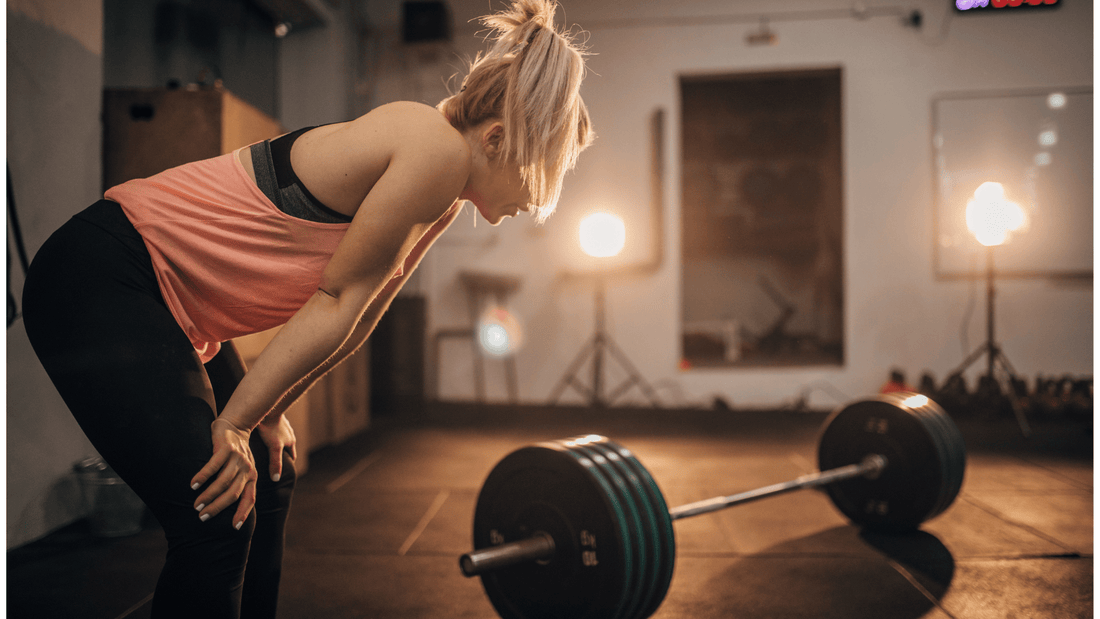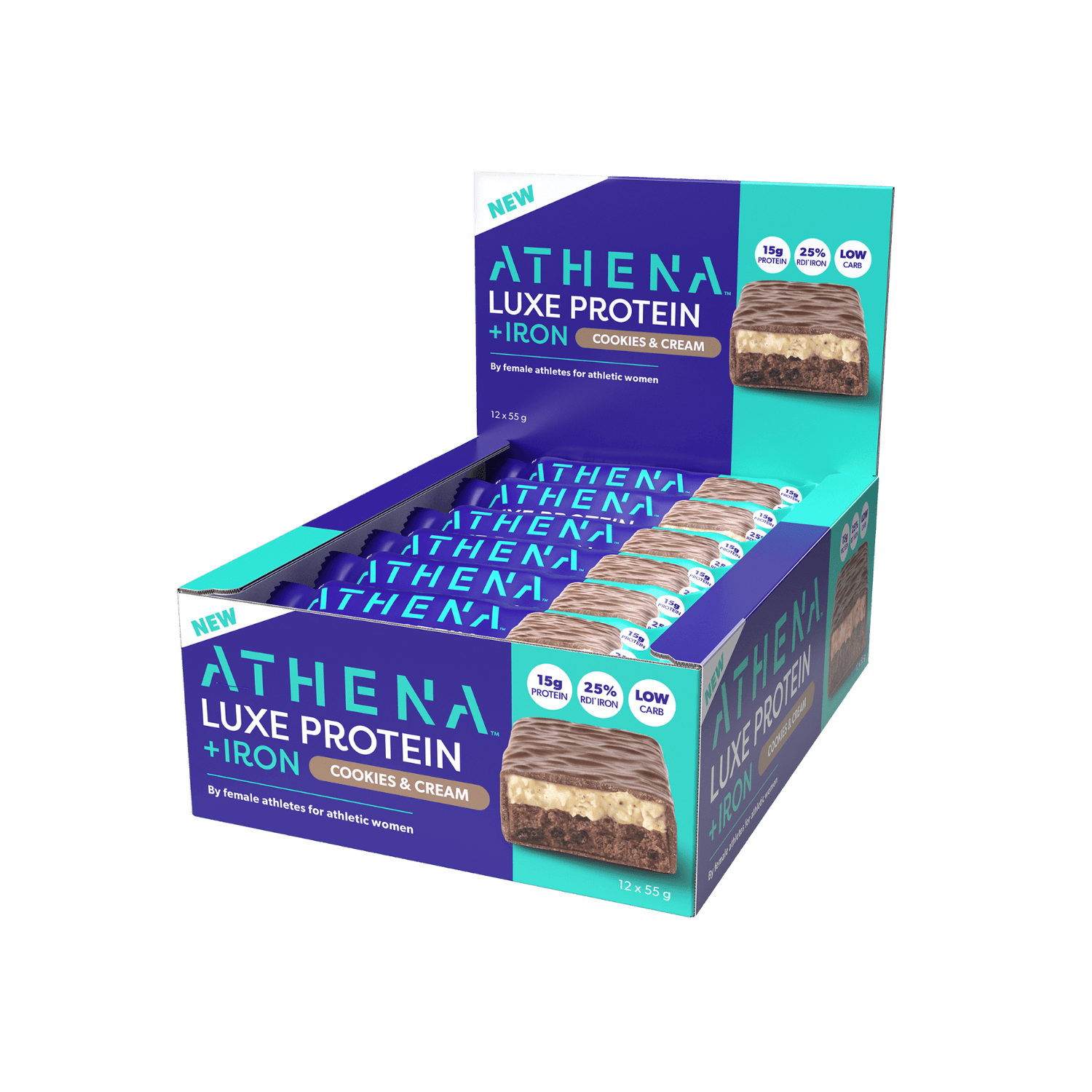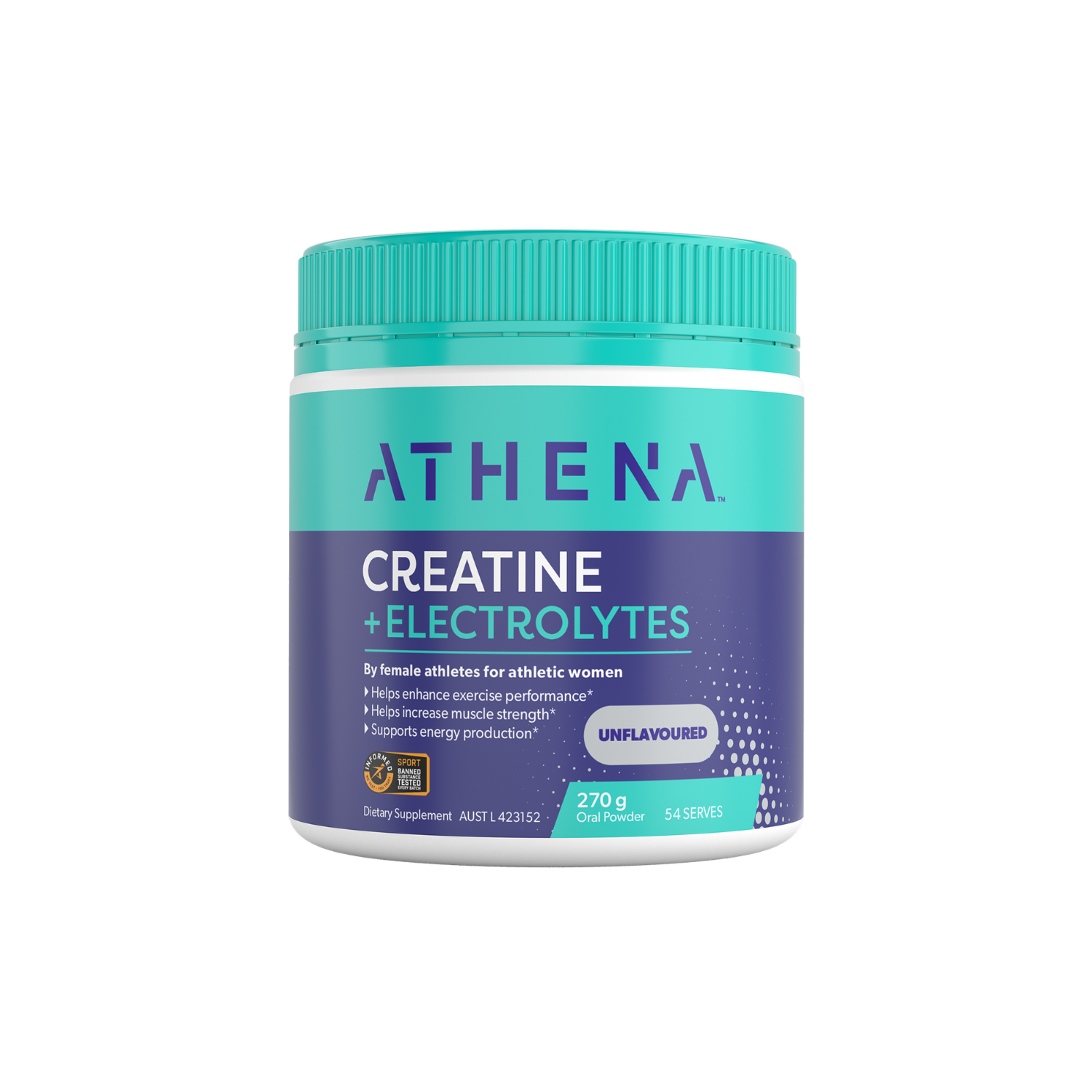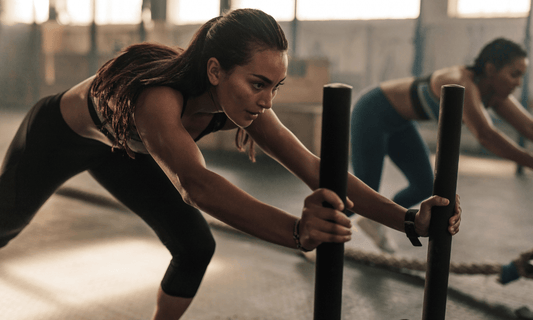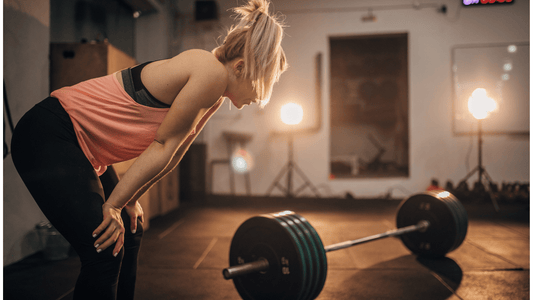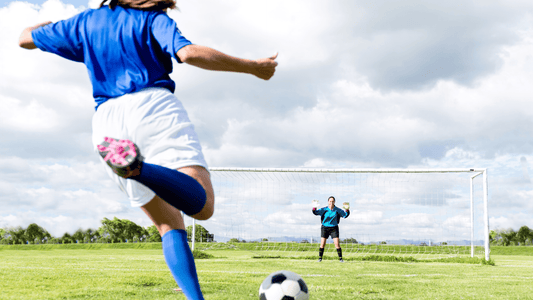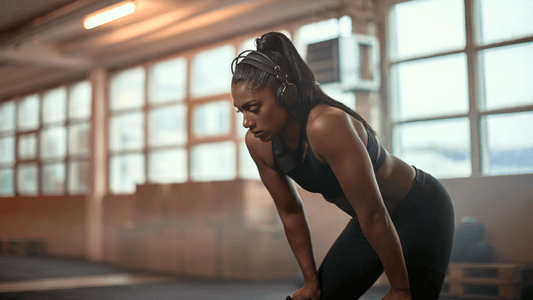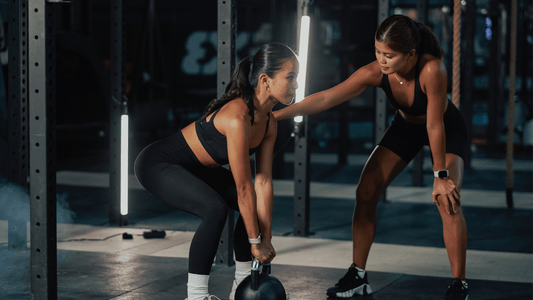Ever wonder why female athletes often struggle with low iron levels? It's a common issue that can affect not only performance but overall well being too. There are 4 main reasons we are particularly prone to iron deficiency.
1. The Impact of Exercise on Iron Levels
Intense exercise can increase the risk of iron deficiency. After a workout, the body's inflammatory response kicks in, raising levels of a hormone called hepcidin, which is crucial for iron regulation. This surge in hepcidin decreases iron transport and absorption for about 3-6 hours post-exercise. Additionally, iron loss can occur through the destruction of red blood cells, sweating, and gastrointestinal bleeding. This mechanism affects all athletes, but female athletes are at greater risk due to additional factors.
2. Menstrual Bleeding
Regular menstrual cycles can lead to iron loss, posing a challenge for females in maintaining sufficient iron levels. While menstrual bleeding is undoubtedly a key factor, it may not always be the sole or primary contributor to iron deficiency or low iron.
3. Dietary Iron and Energy Intake
Female athletes often face challenges in meeting their increased iron and energy requirements through diet alone. Many women do not consume enough iron-rich foods to compensate for the loss and the increased demand due to exercise.
4. Influence of Sex Hormones
Sex hormones play a crucial role in iron metabolism.
- Testosterone: In men, testosterone significantly influences iron metabolism by suppressing hepcidin and stimulating erythropoiesis (the process of making new blood cells). This means men are less affected by the effects of hepcidin, thereby enhancing iron absorption. Testosterone is present in far lower levels in women.
- Estrogen and Progesterone: Both estrogen and progesterone can suppress hepcidin, potentially benefiting iron metabolism, but these effects are less pronounced than those of testosterone in men. As a result, women are more likely to experience higher hepcidin levels, leading to lower iron absorption and an increased risk of iron deficiency. Additionally, this regulation varies across different phases of the menstrual cycle and with oral contraceptive use.
What Does This Mean for You?
As an active woman, understanding these factors can help you take proactive steps to maintain healthy iron levels and optimise your performance. Here are some key takeaways:
- Monitor Your Iron Levels: Regularly check your iron levels through blood tests if you can, especially if you experience symptoms like fatigue, weakness, or poor performance.
- Plan Your Nutrition: Ensure your diet includes iron-rich foods such as lean meats, leafy greens, legumes, and fortified foods. Pairing these with vitamin C-rich foods can enhance iron absorption.
- Time Your Meals: Consider the timing of your meals around your exercise routine. Since iron absorption is decreased for a few hours post-exercise due to increased hepcidin levels, plan to consume iron-rich meals or supplements outside this window if you can.
- Track Your Menstrual Cycle: Outlined in a previous blog, tracking your cycle is important for a whole host of reasons. Here it could help with monitoring heavy periods and therefore potentially higher iron loss.
Iron deficiency among female athletes is a multifaceted issue influenced by factors such as exercise-induced inflammation, menstrual bleeding, dietary habits, and hormonal fluctuations. Understanding these dynamics is crucial for maintaining optimal iron levels, performance, and most importantly, overall health.
References
- (PDF) Iron considerations for the athlete: a narrative review (researchgate.net)
- Journal of Sports Sciences
- ScienceDirect Article
- Springer Article

